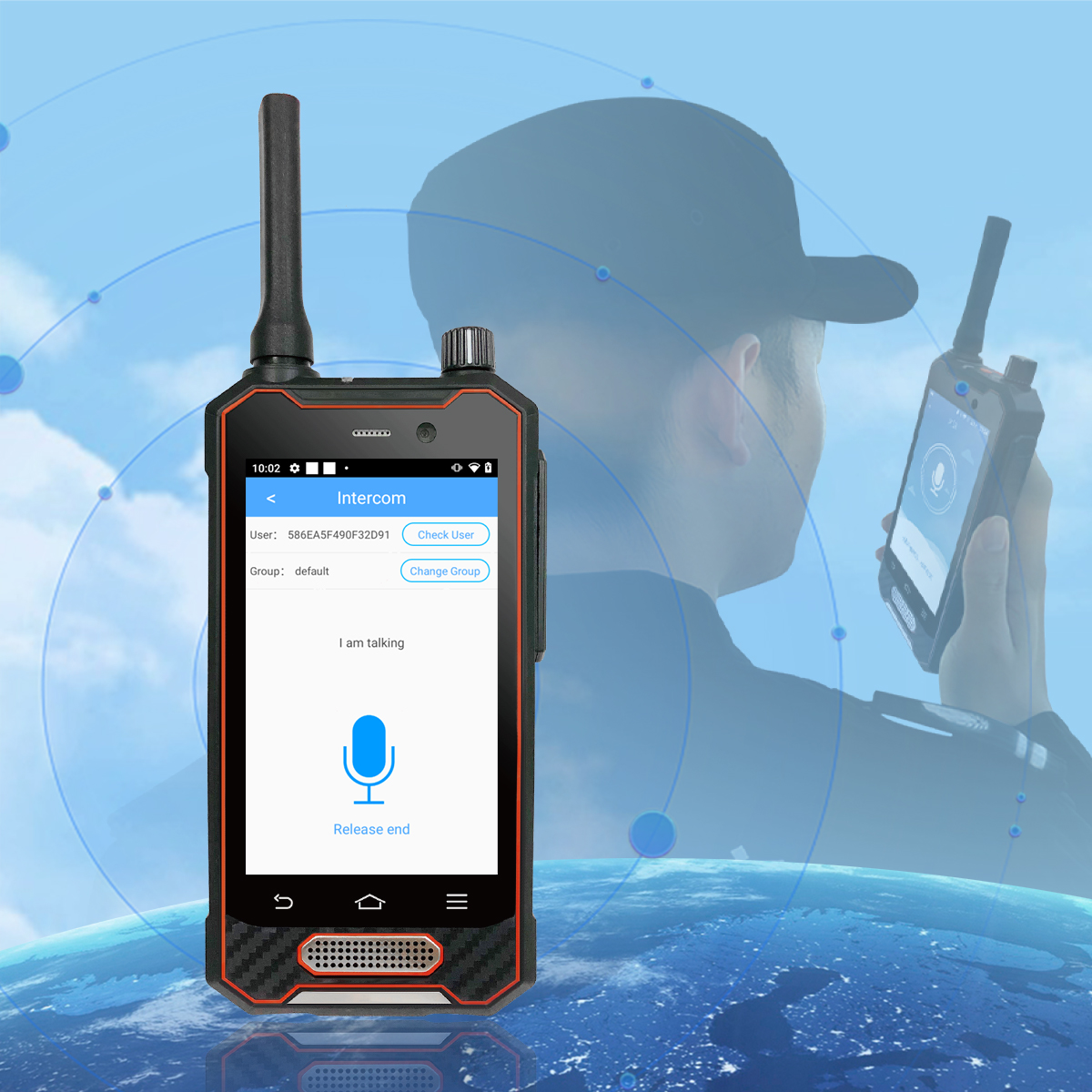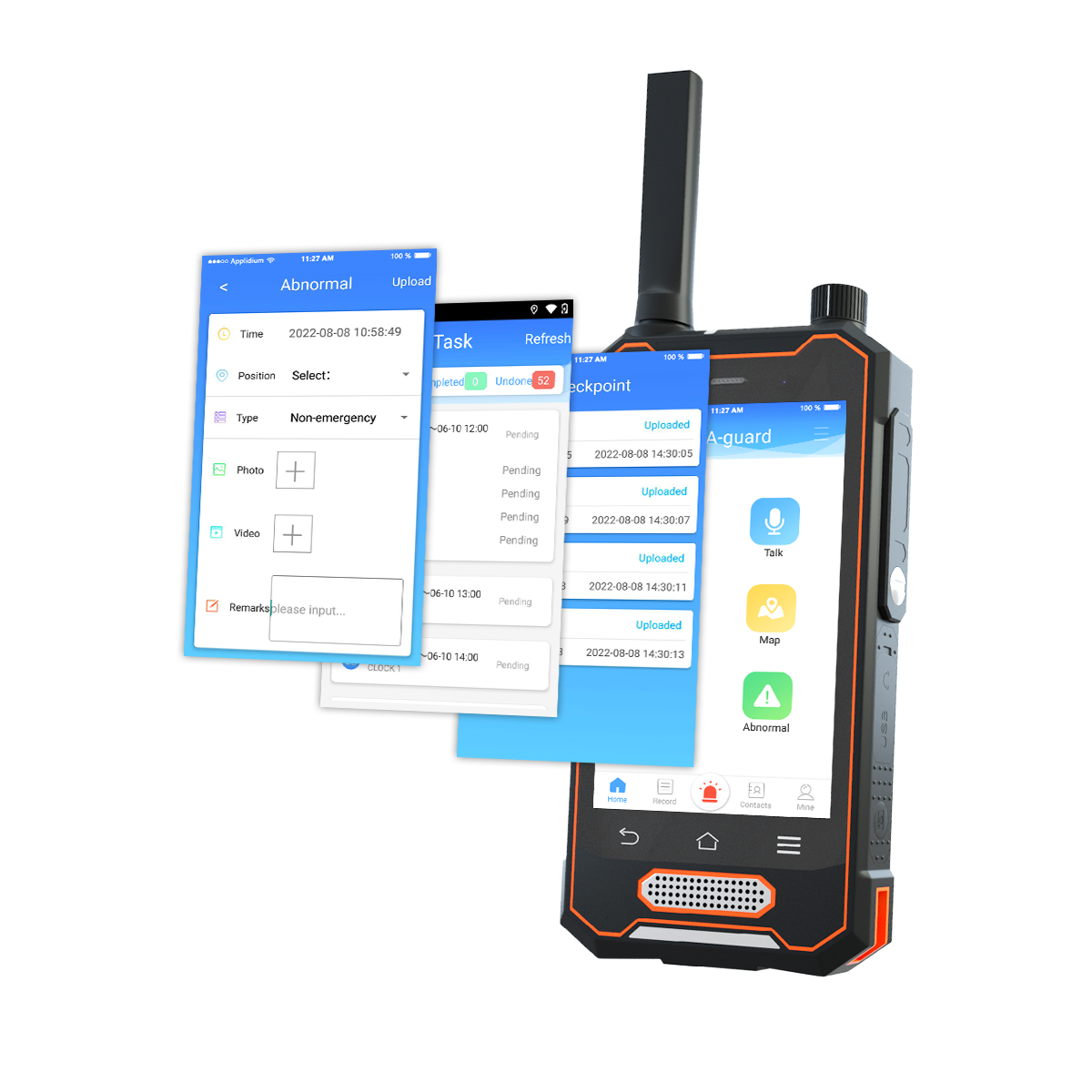

Before getting the most value from a security patrol system, it's critical to understand the key features that make it effective. Most systems include essential components such as patrol checkpoints, real-time data monitoring, and reporting capabilities. These systems are typically designed to track guards' movements, ensure timely patrols, and record security status data at individual checkpoints.
When choosing a security guard tour system, look for features that seamlessly integrate with your existing security infrastructure. Monitoring guard locations and patrol times in real time can significantly enhance accountability. Additionally, consider a system that uses a mobile app or cloud-based solution that allows managers to monitor operations remotely.
The value of a security guard tour system depends mainly on how much training your security staff receives to use it. While the system provides all the necessary tools for effective monitoring, your security personnel must understand how to utilize these features properly. Training courses should cover how to scan checkpoints, respond to alerts, and use the mobile app or other software platform associated with the system. In addition to standard training, you should implement regular refresher courses to ensure rapid adoption of new features and updates. Educating your security personnel on best practices for using the security patrol system will boost their confidence and ensure they perform their duties more effectively.
Optimizing patrol routes is critical to getting the most value from a security patrol system. Well-designed patrol routes ensure that guards check the most essential areas with sufficient frequency. The system’s GPS tracking feature helps managers monitor the routes guards take during patrols, ensuring that no areas are missed or under-monitored.
Using the real-time data the patrol system provides, you can dynamically adjust patrol routes based on any emerging threats or incidents. For example, more frequent patrols can be scheduled if a particular location is prone to problems. Or, if certain areas do not require constant monitoring, the system can help reduce unnecessary patrols, saving time and resources.

One key benefit of a security guard tour system is its ability to track and record data in real-time. This includes patrol times, guard activity, and incident reports, all instantly accessible. With this data, security managers can ensure that guards perform their duties as expected and that any deviations from schedule or route can be addressed immediately.
Real-time data also helps improve accountability. For example, the system will alert the manager if a guard misses a scheduled patrol or fails to visit a checkpoint. This allows for immediate action, whether reassigning patrols or providing additional training. Over time, this accountability can improve guard performance and reduce the likelihood of negligence or security breaches.
Another vital way to extract value from a security guard tour system is to utilize its reporting capabilities for post-patrol analysis. After each patrol, the system generates a detailed report that may include data on the guard's route, time, incidents reported, and even observed security anomalies. These reports are a valuable tool for analyzing the effectiveness of security procedures. Security managers can use these reports to identify patterns, recurring security issues, or areas that they patrol more frequently. Additionally, reporting capabilities can help measure the performance of individual security personnel and whether certain areas require more attention.

Fostering a culture of continuous improvement is imperative to getting the most value from your security patrol system. Encourage regular feedback from security personnel and management on the system's usability and effectiveness. This feedback loop is critical to adapting the system to meet changing security needs and improving its functionality over time.